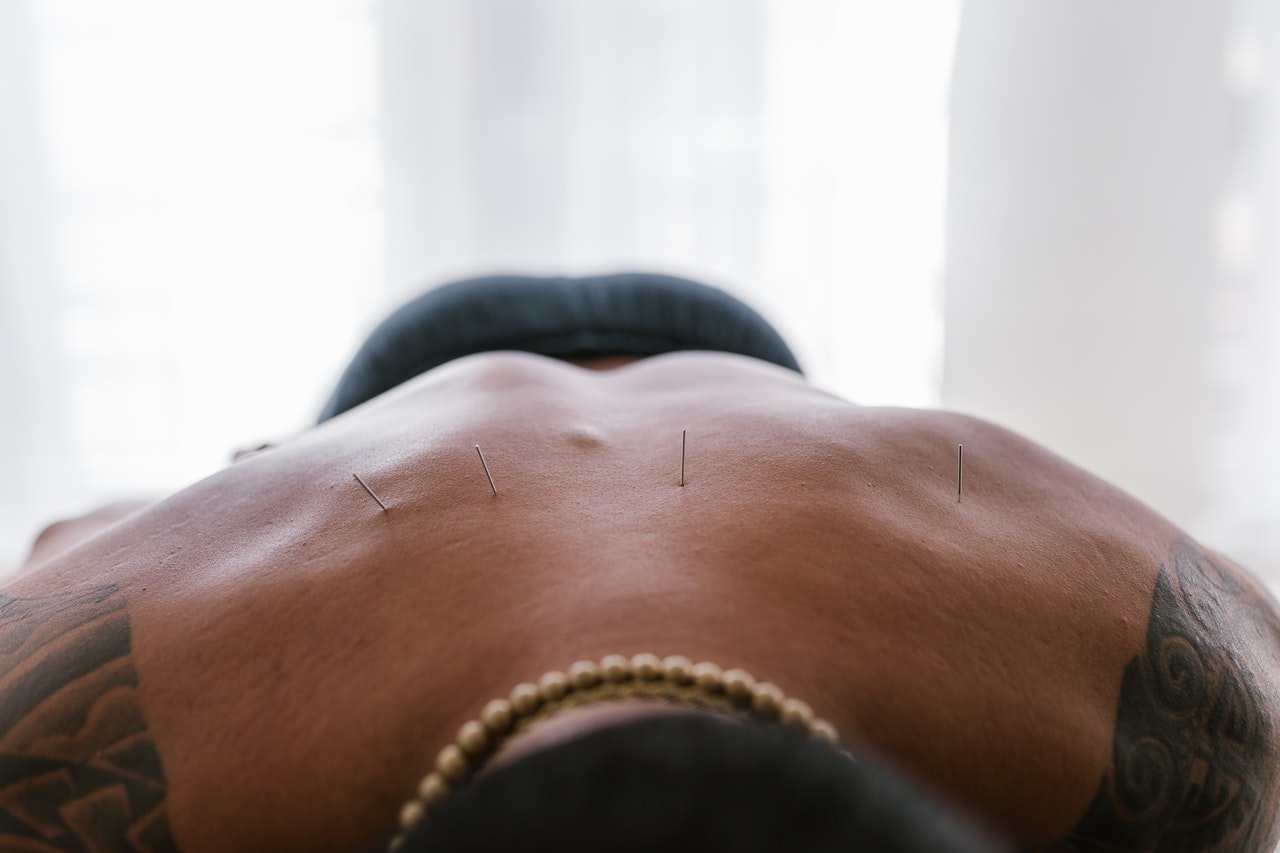Dry needling is well known for its ability to release trigger points, or knots, but do you know how it actually works? In this article, we discuss the science behind trigger points, including what they are, what causes them, and how dry needling works to release them. We also explain what this release typically feels like, and how long it takes to feel the benefit.
So, how does dry needling release trigger points? Dry needling works to release trigger points by inserting thin, sterile needles into the affected area, which then stimulate a twitch response, allowing the muscle to contract and relax as normal, resulting in reduced pain and tension, and a return to normal function.
Read on to learn more about dry needling and how it works to release trigger points.
How Does Dry Needling Work for Trigger Points?
Dry needling is typically aimed at myofascial trigger points, but in order to understand how dry needling releases trigger points, it is beneficial to first understand what trigger points are, and what causes them.
Trigger points, also commonly known as knots, are hyperirritable spots located in a taut band of skeletal muscle. They tend to be painful when compressed, and can produce referred pain and tenderness, as well as muscle dysfunction. Some trigger points (known as active trigger points, can also cause pain when resting (10).
Commonly trigger points are caused (11) by muscle overuse, trauma, or psychological stress, with other contributing factors such as:
- Poor posture
- Sitting for extended periods in bad positions
- Lack of exercise and movement
- Injury
- General fatigue or lack of sleep
- Hormonal changes
- Pain or inflammatory conditions
- Obesity
Dry needling releases trigger points by forcing the muscle to respond to the stimulation, then immediately relax (2). In theory, this will allow muscles to contract and relax as normal, relieving pain and tension (3, 4, 5, 6).
The treatment also works to restore blood flow to the affected area (7), providing the essential oxygen and nutrients that it has been devoid of, which are needed for recovery. However, some also believe that dry needling triggers an immune response as a result of foreign objects being detected, resulting in reduced inflammation (6).
What Happens During Trigger Point Release?
During dry needling trigger point therapy, thin, sterile needles will be inserted into, or around, the affected knots. However, depending on your client’s condition, different techniques can be used.
Superficial Dry Needling
Practitioners typically insert needles into the trigger point at 5-10mm depths for 30 sections. After this time, the practitioner then palpates the area to determine the level of response, and if the needling was sufficient in alleviating pain (1, 8). If not, the needles are reinserted.
Piston Technique
Practitioners will quickly insert and partially remove needles into trigger points in an almost pecking motion. The needles are inserted, but not left for any duration of time, like with superficial dry needling.
Non-Trigger Point Dry Needling
Needles are inserted into the surrounding areas of trigger points, rather than directly into the knot. This technique is commonly used on more delicate areas such as the lower back, and typically offer pain relief over knot release (9).
What Does it Feel Like When a Trigger Point is Released?
During, or shortly after the procedure, it is common for clients to experience muscle soreness, twitching, cramping, or an ache, but these are generally regarded as good signs that their muscles are responding to treatment. However, it is important to note that dry needling should never be painful (1, 8).
How Long Does it Take for Dry Needling to Work?
Clients should, typically, begin to notice an improvement in their condition within a few days, some will even feel a difference immediately. However, this timeframe will vary on a case-by-case basis, and can depend on the severity of their condition (8).
Once clients begin to notice the benefits of dry needling, these benefits will usually last for about a week, but, with every subsequent dry needling session, benefits tend to last longer (most clients will need a minimum of 3 sessions to begin seeing longer-term benefits)(8).
Final Thoughts
Dry needling trigger point therapy works to release trigger points by causing a twitch response, an involuntary spinal cord reflex contraction of the muscle fibres. This, effectively, allows the affected muscle to begin contracting and relaxing as normal, thus relieving pain and tension.
If you’re interested in offering dry needling as part of your healthcare practice, Breeze Academy offers a number of dry needling courses to kick start your journey. We run foundation level courses in all major cities across the UK that provide you with the essential knowledge, skills, and confidence to practice dry needling.
But, if that’s not for you, we also offer a number of other courses that will enable you to expand your service offerings, such as clinical yoga teacher training, sports massage training, and strength and condition training.
Take a look online today, or get in touch for more information.
Sources
- Physiopedia - Dry Needling
- Dry Needling - Peripheral and Central Considerations
- St. Thomas Medical Group - How Dry Needling Provides Instant Relief From Knots
- Southern New Hampshire Health - Dry Needling Gives You That “Twitch Response”
- Therapy Dia - How Dry Needling Relieves Pain & Heals Muscle Knots
- The Centers for Advanced Orthopaedics - Dry Needling for Trigger Point Pain
- Cleveland Clinic - Dry Needling: How This Time-Tested Method Sticks it to Muscle Pain
- Very Well Health - What is Dry Needling?
- Foothills Sports Medicine - Dry Needling: Benefits and What to Expect
- AAFP - Trigger Points: Diagnosis and Management
- Healthline - What Is Myofascial Pain Syndrome?
